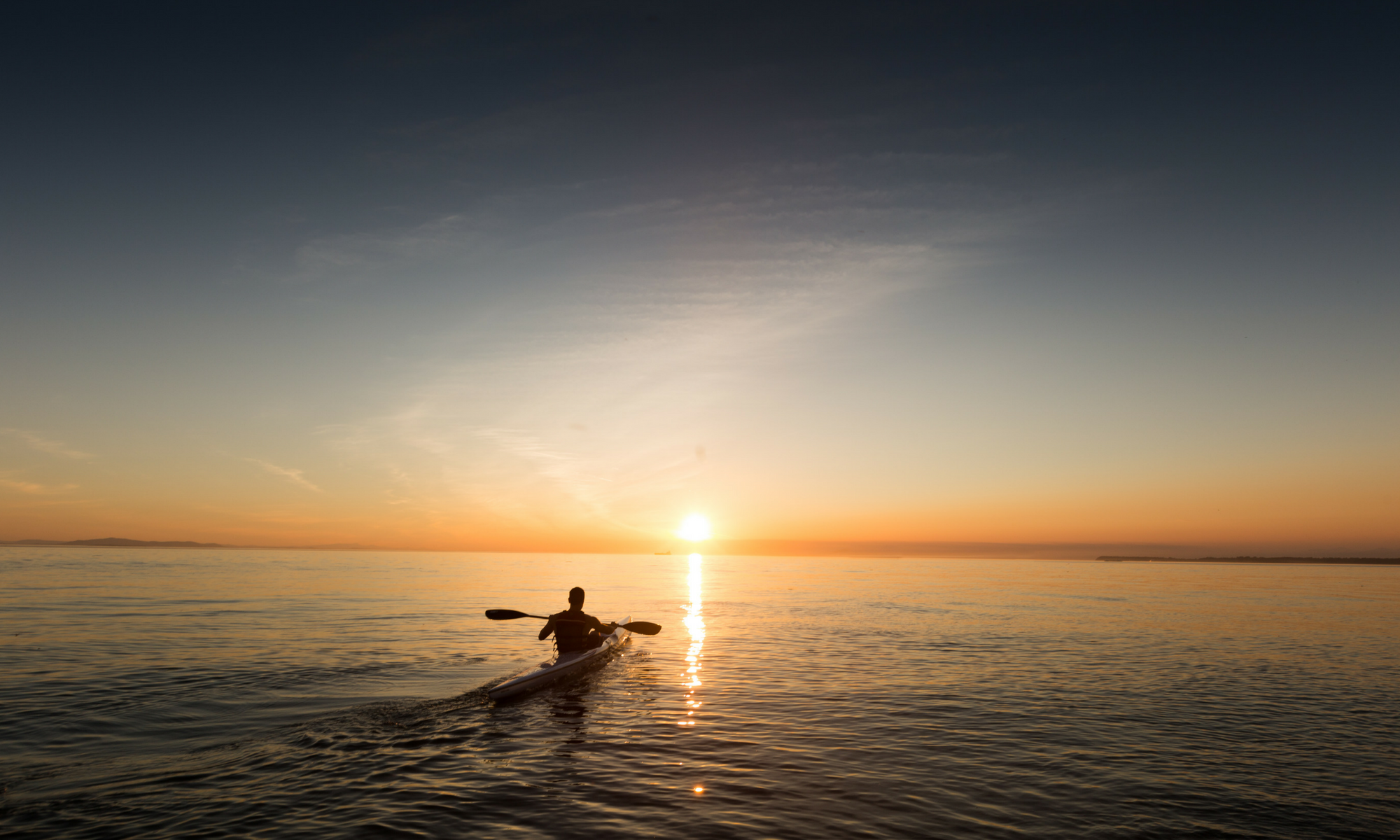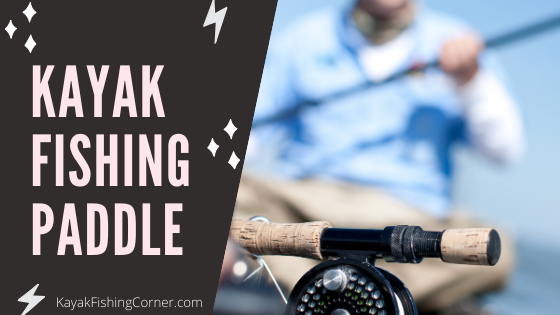Jump Ahead To:
KAYAK FISHING PADDLE: INTRO
Finding the right kayak fishing paddle is critically important to your success and enjoyment while out on the water. Choosing correctly requires extensive knowledge and experience about the different types and designs of paddles. Let’s find out why a specifically designed kayak fishing paddle is your best bet!
Kayak Fishing Paddle – Overview

Please note: This post contains affiliate links. An affiliate link means that we may earn advertising/referral fees if you make a purchase through our links.
Shortcut to the Best Kayak Fishing Paddle
I’ve written this article to guide you through different aspects of kayak fishing paddles. To make skimming through the text easier, I’ve divided the guide up into various sections – this will keep everything organized and easy to follow.
In the first section, I’ve mentioned the basics of using a kayak fishing paddle – this will provide you with a nice baseline of knowledge, just in case you aren’t otherwise familiar with this specialized kind of paddle. You’ll find that kayak fishing paddles actually differ from regular paddles in many ways!

I’ve also included a section guiding you on how to use and maintain your kayak fishing paddle. I then include a buying guide where I explain the different things you should look for in kayak fishing paddles – this will help you separate the high quality models from those in the middle of the pack.
Below that, just in case you want to skip the research and rely on my opinion, I’ve provided a link to my favorite kayak fishing paddle! You’ll see how it connects with all the information provided in the buying guide.
Lastly, I’ve summarized my thoughts on the product in the “My Experience” section. Although it’s my personal opinion, it contains some valuable information. I’ve even added a short “pro” and “con” list, if you are into that sort of thing.
So let’s get started with the kayak fishing paddle guide!
Parts of a Kayak Fishing Paddle
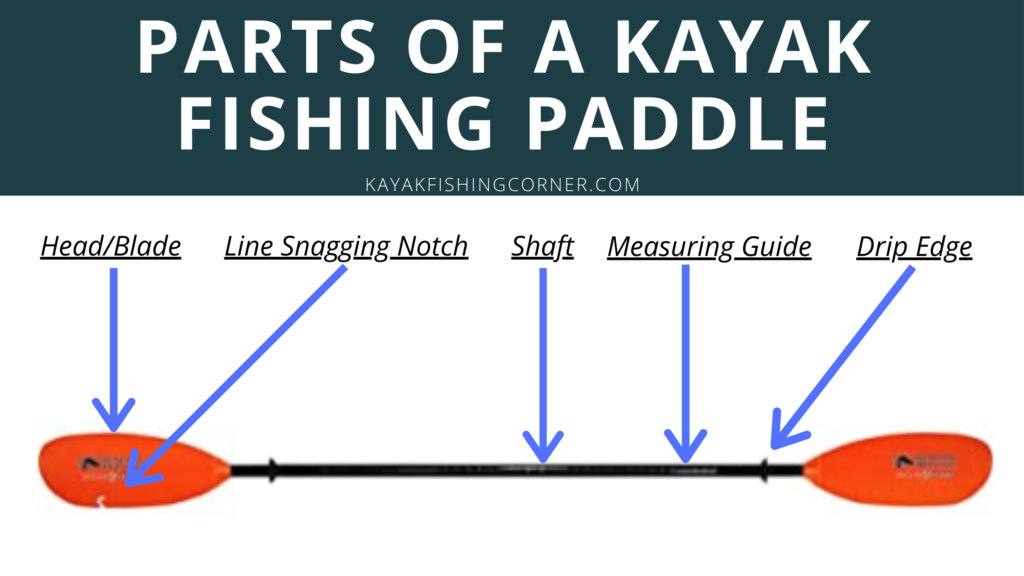
Kayak Fishing Paddle – Basics

Please Note: As an Amazon Associate, I earn from qualifying purchases.
Without a shadow of a doubt, fishing in a kayak requires both skill and a nice grouping of equipment. A kayak fishing paddle is, in general, no different from a regular paddle, EXCEPT that it has a few adjustments and special features.
First, kayak fishing paddles DON’T need to withstand a ton of pressure. It means that harder blades aren’t always necessary. Yes, they would be a big help, but they aren’t critical. Toughness in blades comes in handy in whitewater or high currents – you’ll most likely be fishing on calmer waters or inland lakes.
Second, kayak fishermen have to paddle through long stretches of water. So it’s no surprise that most kayak fishermen prefer a lighter paddle over a wider one.

Third, and perhaps the most important point, kayak fishing paddles have hook retriever grooves. These grooves are J-shaped and help in retrieving snagged hooks and fishing lines. It has been my experience that this feature along will actually pay for the cost of the paddle over time in terms of lures saved and lines freed! It may take some practice to get used to using this kind of mechanism, but you’ll find your way around it in no time!
One other thing you should consider is the angle of the stroke for fishing, as they’re less fatiguing (as opposed to the stroke associated with white water kayaking, for instance). Some kayak paddles are specially designed for low-angle paddling.
How to Use a Kayak Fishing Paddle

Using and maintaining a kayak fishing paddle is not so different from regular paddles. Maintenance requires the same procedure. However, you need to be familiar with the strokes and how they can benefit you in terms of helping you reach the fish first (and find them with your Deeper Start Smart Fish Finder) – while still requiring the least amount of energy.
Here’s a Step-by-Step Guide:
- For a low-angle stroke, only slightly tilt the shaft of the paddle.
- The hand that stays on top should be below the shoulder level.
- Perform a forward stroke in this stance.
- For a high-angle stroke, tilt the shaft so that the blades hug the kayak more.
- High-angle strokes take up more energy but allow you to move from one area to another quickly (when moving fast, or slow, make sure you are wearing your fishing kayak life vest).
- Low-angle strokes take up less energy and are slower.
- Once you’re done, separate the paddle into pieces.
- Rinse and wipe down each half using warm water, including the ferrule.
- Clean the ferrule of debris and water using a cotton swab or a cloth.
- Finally, store them in a dry and cold place.
- We suggest storing within your kayak, underneath a quality kayak cover (check out our Ultimate Guide to Kayak Covers)
Side Note: Kayak fish in the ocean? Skip the paddling altogether by using a trolling motor (just make sure you read up on the Best Saltwater Trolling Motor)! A little tall or a little short? Try using an Adjustable Kayak Paddle!
Kayak Fishing Paddle – Important Considerations

Blade Material
Since fishing paddles don’t need to survive heavy currents, you can cut down on the cost by getting a plastic or fiberglass blade. A plastic blade is floppy and not suited for heavy currents. But it has the highest longevity, although it can melt under the sun.
A fiberglass blade is durable. You can get a fiberglass blade if you do river fishing and come across moderate tides.
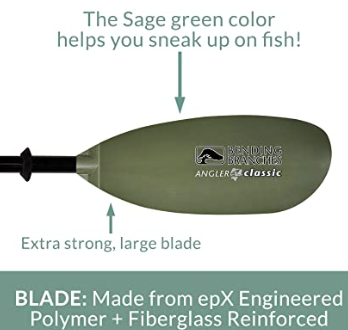
Carbon-fiber paddles are durable and recommended, as you can rely on the extra strength for fishing. You can also use it for both fishing and recreation. Although carbon fiber is expensive, you definitely get what you pay for in terms of performance on the water!
Some blades are essentially nylon or fiberglass but are coated with carbon fiber. These blades are a cheaper alternative to a full-carbon blade, and they provide some stiffness for river fishing too. Plus, the carbon will increase the lifespan of the product.
Shaft Material
You’ll most likely need to paddle for long periods, especially if you are kayak fishing on a lake or ocean. And you’ll frequently set your paddle down often when you are catching fish.
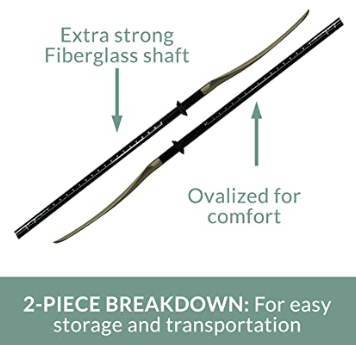
For this reason, the shaft should be lightweight. Aluminum and carbon are the lightest materials. Aluminum can get hot, but gloves can overcome that obstacle. Carbon-fiber is lighter and more durable. It’s costly, but you get what you pay.
Blade Design
You want to minimize the weight of the paddle itself, and the drag caused by the water and air. A blade with a fat rib down the middle and a slanted tip is the best for this purpose. The design guides water over the blade while displacing the maximum amount of water.
Some fishermen prefer narrow blades as they are lightweight. But wider blades displace more water. So you can get to a different part of the water faster. It is especially useful for kayak fishermen as you’ll constantly need to move to different areas if the current area is unyielding.
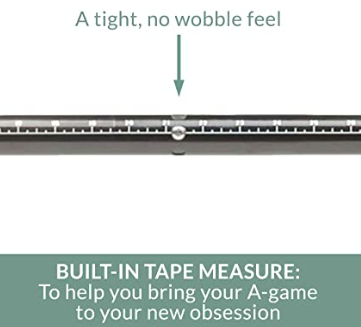
As for air resistance, you’ll want to look into the feathering, particularly the ferrule design. A snap-button ferrule normally only has 2-3 feathering angles. A telescopic ferrule provides not only infinite angles but also variable shaft length. It is useful, especially when trying out different angle strokes.
Hook Retrieving Groove
Not every kayak paddle designed for fishing will feature this – and it is, hands down, one of our favorite features to find! Some paddles have a J-shaped groove in the blade to retrieve a snagged hook or a fishing line.
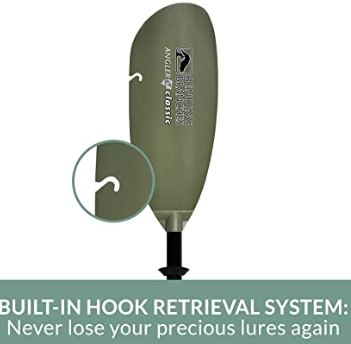
Even if you won’t find yourself using the groove, its mere presence means the paddle was designed with fishing in mind. So a paddle with a hook-retrieving groove is better for kayak fishing – think of how many lures you could save and lines you could free from snag!
Paddling Angle
Your typical kayak fishermen will use a high-angle stroke for quickly moving through the water. Paddles made for this will have a wider blade and a shorter shaft.
The paddle you’re buying may already come with an angle designation. If not, you can ask the manufacturers about it.
Buy The Best Kayak Fishing Paddle:
The kayak fishing paddle that we’ve showcased above is undoubtedly one of the best kayak fishing paddles on the market today. It has all the right features and is the best for a high-angle stroke! Now, we want to be clear that it isn’t the ONLY great option on the market but, after a close comparison between it and its rivals, it won out!
Starting with the materials, the blades on this paddle are made from nylon and coated with carbon fiber. Nylon is plastic and provides enough traction to move through flat bodies of water. And the carbon fiber reinforcement adds recreational functionality and strength to the blade.
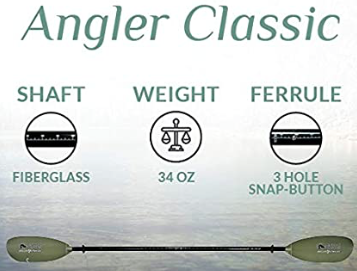
The shaft is made from carbon fiber as well. That makes it lighter than your average aluminum kayak paddle shaft, allowing for prolonged kayaking. This is important because your average kayak fishing trip is going to require a significant amount of paddling time. The more quickly you tires, the more quickly you head in for the day, and we want you to stay on the water as long as safely possible!
Two features stuck out to me about this particular models, features that really separated it from the rest of the pack, the hook retrieval groove and the tape measure! The groove is on just one of the blades and is pretty much your standard J-groove to fish a snagged hook.

However, the tape measure is what catapults the paddle into the #1 spot! The shaft is stamped with a graduated scale to measure your catch. It’s a neat way to utilize the space on your shaft. It also keeps you from having to pull out a tape measure when evaluating your catch (a very important step, by the way, if you are subject to size limitations and catch/release laws)!
As for the design, there’s a rib down the middle and a slight unevenness on the tip. It will make treading through the water easier and less straining.
My Experience

What I love about this particular paddle is how it’s made for kayak fishermen, by kayak fishermen! The tape measure and the hook retrieval proved to be quite useful a few times when I got a big catch. I actually used the hook retrieval to help guide my line and fish towards my net, it was like having an extended arm – pretty cool! Stretch Armstrong!! The blade design guides water across the surface of the blade.

One thing I noticed was the snap-button ferrule only had two angles: 0 degrees and 60 degrees. It allows you to feather the paddle. But a telescopic ferrule would not only allow for a wider range of angles but also allow you to change the shaft length. So you could frequent between high and low angle paddling. This is definitely something you want to consider if you want additional layers of adjustability.
Another feature that I didn’t particularly love was that this paddle only breaks down into two pieces – this was kind of a pain for when I backpack into my kayak laughing spot. Also, you already have limited storage for your catch, and now you need to place your paddle somewhere too, it can get a little tight.
Here are my thoughts summarized:
Pros:
- Lightweight – reduces stress on the hands, wrists, arms and shoulders.
- Perfect for low-angle strokes.
- Allows feathering to some extent.
- Includes tape measure to measure your catch (two tools in one).
- Has a hook-retrieval system for safer fishing (pays for itself over time).
- More durable than standard plastic paddles.
Cons:
- It only breaks down into two pieces.
- Only two feathering angles (mitigate by adjusting paddling stroke).
CONCLUSION

I hope this guide helped you learn more about you standard kayak fishing paddle than you ever thought you possibility wanted to know! I went over everything you need to know about how these paddles are made specifically for kayak fishing purposes – how nice to be thought of, right? After reading the guide thoroughly, you can see how fishing paddles differ from regular paddles – and the differences are what make them so great!

The paddle showcased above is truly the best kayak fishing paddle! It has everything you need for fishing, including hook-retrieval and a stamped tape measure. Plus, the entire paddle is light and easy to use on relaxed waters. No more sore arms and hands for me!
The only thing I don’t particularly care for about this particular model is the lack of feathering options (only two) and portability (only breaks down into 2 pieces but, on the flip side, is more quickly assembled). But aside from that, there’s no reason you won’t be completely thrilled by adding this paddle to you collection of kayak fishing gear!
Comments

Did you know that there were paddles built specifically for kayak fishing? Were you aware of the differences between your average paddle and a kayak fishing paddle? What paddle to you use while you are out fishing? Do you understand why the fishing related considerations on the model that we’ve showcased above make it so perfectly suited to catch more fish from your kayak? Be sure to share your thoughts, opinions and feedback with us by posting below! We read and reply to every comment and absolutely love interacting with the kayak fishing community!
